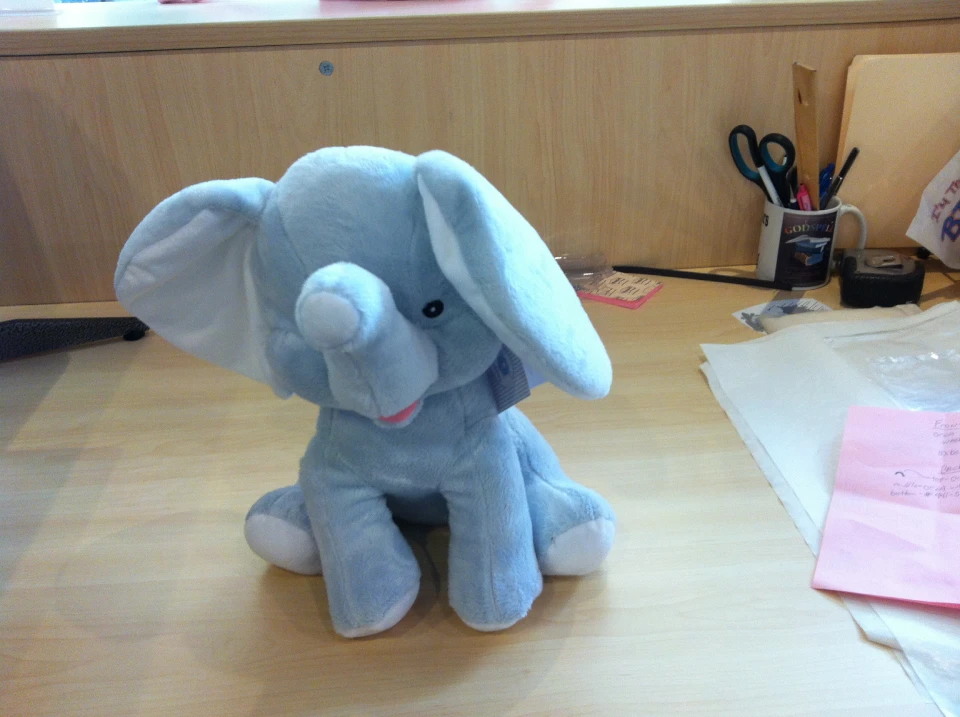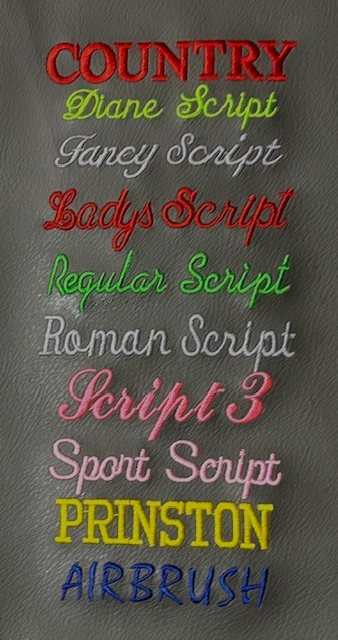Individualized Mugs with Custom-made Embroidery Styles for a Distinct Gift
Individualized Mugs with Custom-made Embroidery Styles for a Distinct Gift
Blog Article
The Art of Custom-made Needlework: Opening the Tricks to Creating One-of-a-kind and Remarkable Layouts
The secrets to creating custom embroidery designs that astound the eye and leave a long lasting perception lie in a fragile equilibrium of strategy, creativity, and focus to information. As we delve right into the globe of customized needlework, we uncover the nuanced interaction between thread choice, sew complexity, and layout customization that boosts a mere garment to a job of art.
Picking the Right Embroidery Threads
When picking needlework strings, what key factors should you think about to make sure the best results for your custom layouts? The selection of embroidery string is critical in figuring out the final outcome of your stitched design. Among the key factors to consider is the product of the string. Different materials such as cotton, polyester, rayon, and silk supply varying levels of sheen, durability, and appearance. It is necessary to choose a thread material that enhances the textile you are embroidering on and aligns with the preferred appearance of the style.
Moreover, the weight or thickness of the string plays a significant function in the look of the embroidery. Thicker strings can include dimension and appearance to your design, while finer strings are perfect for elaborate information and small text. In addition, considering the color fastness and washability of the string is crucial to guarantee that your custom-made styles keep their quality and vibrancy with time. By carefully assessing these elements and selecting high-grade threads that fulfill your certain needs, you can improve the aesthetic appeal and durability of your stitched creations.
Exploring Different Stitch Strategies
To dig into the realm of 'Discovering Various Stitch Methods', one must grasp the details and subtleties that each stitching technique gives the art of needlework. Different stitch techniques not just add visual interest but also contribute to the overall texture and dimension of the design. One popular stitch technique is the satin stitch, which involves closely jam-packed parallel stitches to create a smooth and glossy surface, perfect for filling up in forms and developing bold describes.
On the various other hand, the backstitch is a functional technique usually used for laying out and adding fine details. It involves sewing backward to develop a solid line of embroidery. In addition, the French knot stitch includes a responsive aspect to designs, excellent for developing textured accents like flower facilities or attractive touches.
Checking out various stitch methods allows embroiderers to have fun with light, shadow, and depth within their designs, boosting the aesthetic appeal and artistic quality of their needlework projects. By grasping various sewing methods, one can open endless opportunities for creating one-of-a-kind and unforgettable customized embroidery pieces.
Incorporating Personalized Style Components
Having actually checked out the intricacies of various stitch techniques such as the satin stitch, backstitch, and French knot, the emphasis now moves in the direction of integrating tailored design aspects in customized needlework projects. Customized layout aspects play an important role in making embroidery tasks truly special and remarkable. One means to incorporate customization is by including initials, names, or substantial days to the layout. This not just includes a tailored touch but likewise boosts the sentimental value of the needlework item.
An additional means to include personalized design aspects is by including signs or themes that hold special significance to the recipient or show their rate of interests and personality. As an example, including a favored blossom, animal, or hobby-related symbol can make the embroidery layout extra purposeful and personalized. Furthermore, choosing colors that resonate with the recipient or straighten with the designated motif can even more improve the personalization of the embroidery task.
Mastering the Art of Color Coordination

One trick aspect of color sychronisation is recognizing shade theory. This includes knowing exactly how various shades connect with each other, the emotions they convey, and exactly how they can be combined to create visually attractive styles. By using shade concept concepts, embroiderers can develop unified shade combinations that enhance the total look of the style.
In addition, focusing on contrast is vital in shade coordination. Using contrasting shades can assist certain components of the layout pop, boost clarity, and develop a visually vibrant embroidery piece. By mastering the art of shade sychronisation, embroiderers can boost their designs and develop memorable items that reverberate with customers and audiences alike.
Enhancing Appearance With Advanced Embroidery Stitches

French knots, for instance, are excellent for including tiny, elevated dots to your layout, resembling the appearance of grains or developing a textured surface area. Bullion knots, on the various other hand, can be made use of to create twisted, ropelike elements that include a luxurious feel to the needlework. Seed sewing entails little, scattered stitches that can fill out locations with a multicolor texture, while turkey work produces fluffy, dimensional accents similar to pet hair or shirts made to measure foliage. Explore these click here to find out more innovative needlework stitches enables you to push the boundaries of traditional needlework and develop genuinely special and aesthetically attractive structures in your designs.
Final Thought
To conclude, the art of customized embroidery involves a mix of selecting the right strings, checking out numerous stitch methods, including individualized design components, understanding shade coordination, and boosting texture with innovative stitches. By comprehending and executing these crucial components, embroiderers can produce distinct and memorable designs that display their imagination and ability. Embroidery enthusiasts can unlock the tricks to producing stunning and bespoke items that stick out and leave an enduring perception.
Report this page